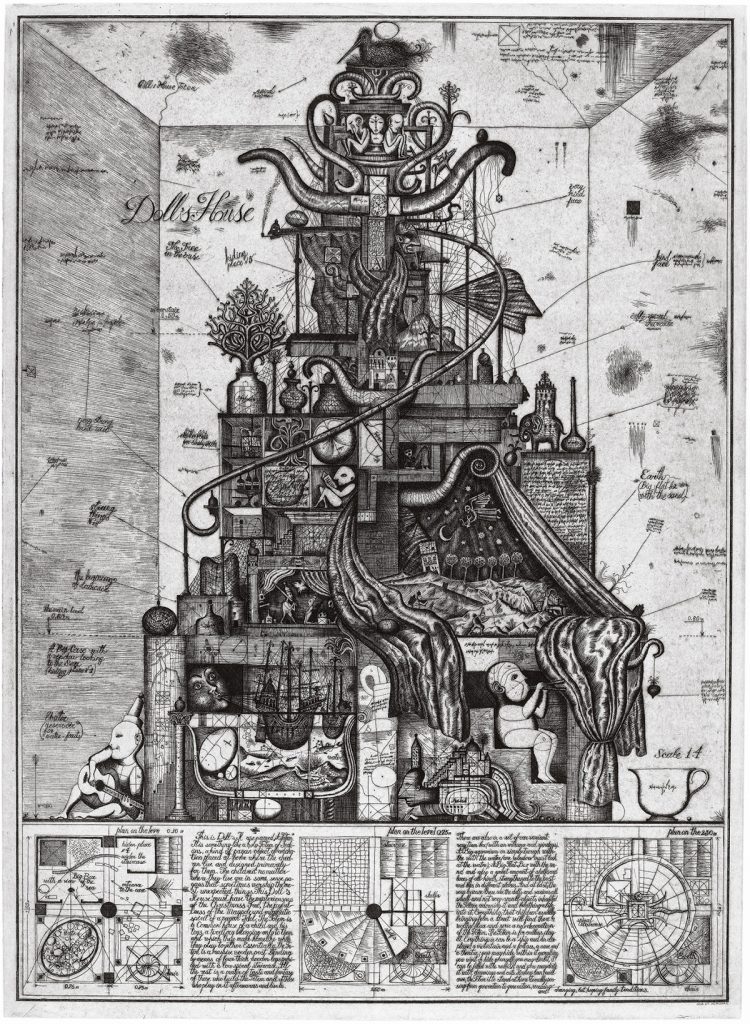A few months ago we brought to the Shadows the Russian architect Yakov Chernikhov, better known for his pictorial legacy than for his built work. As we saw, this architect was in a context of full development, where imagination went hand in hand with progress. What happens when another couple of architects appear who are also leaving a graphic legacy of great interest, but in the atmosphere of a Russia that plummeted at the end of the Cold War?
We look to Alexander Brodsky (1955 – Moscow) and Ilya Utkin (1955 – Moscow) to answer this question. Like Yakov’s work, the couple’s pictorial work is of great interest to us in comparison to their constructed projects.
The couple of architects produce a critical pictorial work that goes beyond constructivism, moving away from the local culture in the same way as the modern movement did. They imagine works that are related to the pure geometries that the architecture of illustration worked on, they use as support the large urban plans that were developed under the guidelines of the modern movement, to end up filling all this production with a great level of detail in which the critique of the way of inhabiting, values, or creative oppression suffered by architects who did not follow the line of the Russian current is glimpsed. This criticism is reinforced by the solemn character acquired by the drawings, loaded with lines and acquiring a tone that resonates with Piranesi’s engravings.
After the fall of the Soviet Union the couple split up, leaving a legacy that permanently sought reference in its own land and emotions.










